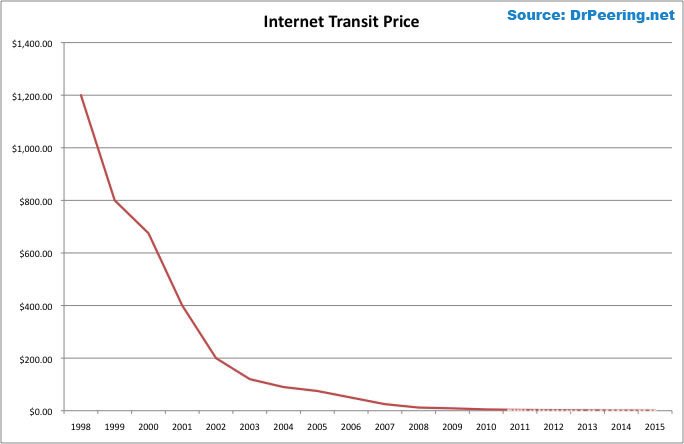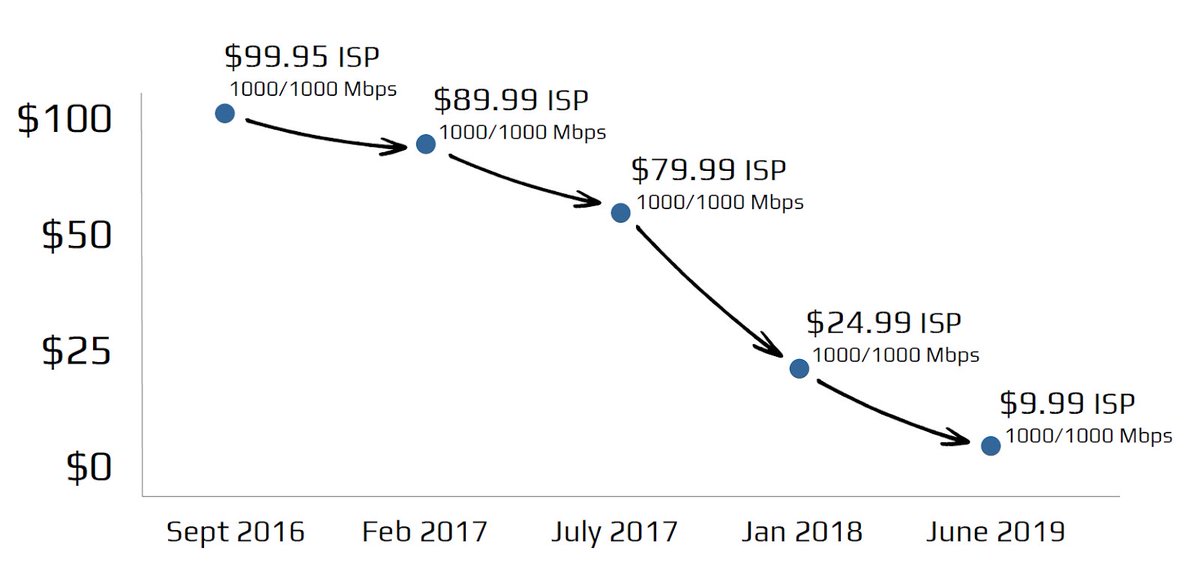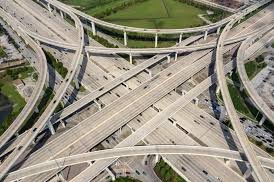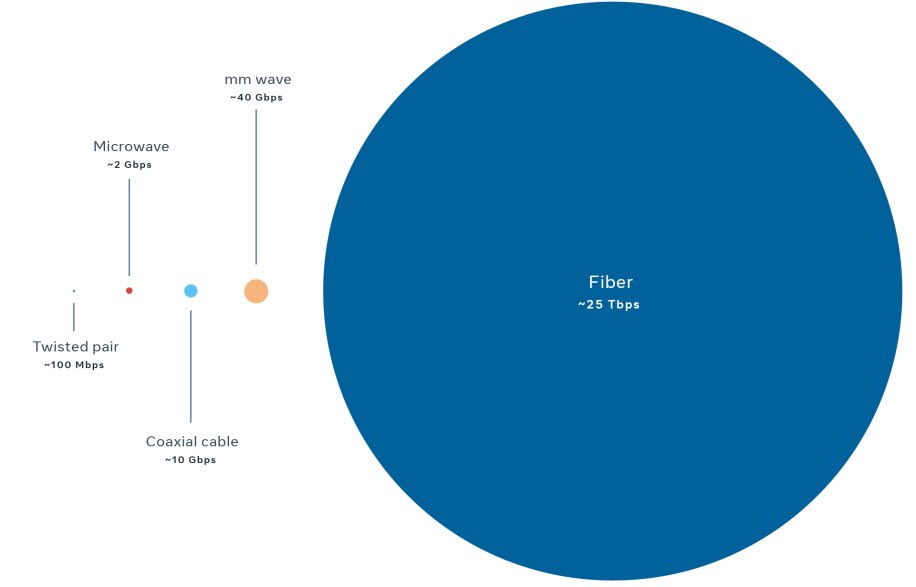Making cost-based pricing for Internet access feasible - a thread.
1. Why cost-based pricing for Internet access matters: Half the world cannot afford Internet access even though the marginal cost of handling more Internet traffic is close to zero for fiber based networks. Sadly, 70% of the world lives >10 kms away from a fiber network.
2. If a fiber based network can offer cost-based pricing, the price paid per user can fall almost indefinitely because the incremental cost of handling additional users is so low. This means that Internet access “can” become affordable for someone living on $5.5/day.
3. Why value-based pricing of Internet access promotes the digital divide: typically 10% of users contribute more than 50% of revenues. Serving the poorest 3-4 billion cannot become financially feasible given costs associated with building Internet infrastructure.
4. What happens when cost-based pricing becomes feasible? The water department in Ammon Idaho created a fiber network for its own monitoring needs but decided to make it available to its residents on a cost-based pricing basis. End result was a dramatic price decline.
5. Why can’t ISPs offer cost based pricing? Because their investors assumed demand risk before building infrastructure and are unwilling to cap their returns. Cost-based pricing can ONLY become feasible if investor returns are capped.
6. Would investors ever agree to cap returns when building Internet infrastructure? Yes if a credit worthy third party assumed demand risk and offered a fair but capped return. This was done to finance the Palapa Ring Project in Indonesia using an Availability Payment scheme.
7. How does an Availability Payment scheme work? Imagine a toll road that charges $1/car and needs 50 vehicles per day to cover costs and satisfy investor requirements. Now imagine that in year 1 only 40 cars use this road. Thus in year 1 someone has to cover a $10 shortfall.
8. Now imagine that in year 2 traffic increases to 100 cars. There’s no shortfall obviously. But now the toll can be reduced to $0.5/car because the marginal cost of handling an additional car is pretty close to zero. Now imagine if this were a million lane highway!
9. Optical fiber is that million lane highway. Few will argue against the demand for Internet access. This means that many entities should be willing to assume demand risk for a fiber network. Perhaps the best positioned is the Universal Service Fund of a country.
10. However, Universal Service Funds aren’t the only option available. Development banks or even socially conscious private investors could help create vehicles that help deliver cost-based pricing for a fiber network. If we can do this, Internet for all will become a reality.
How to bring fiber very close to everyone? Follow the grid to deploy fiber! And check out this really cool robot built by my good friend and partner Karthik Yogeeswaran.
https://sea.mashable.com/tech/11504/facebook-built-an-acrobatic-robot-to-install-fiber-optic-cable-on-power-lines?amp=1
https://sea.mashable.com/tech/11504/facebook-built-an-acrobatic-robot-to-install-fiber-optic-cable-on-power-lines?amp=1

 Read on Twitter
Read on Twitter










